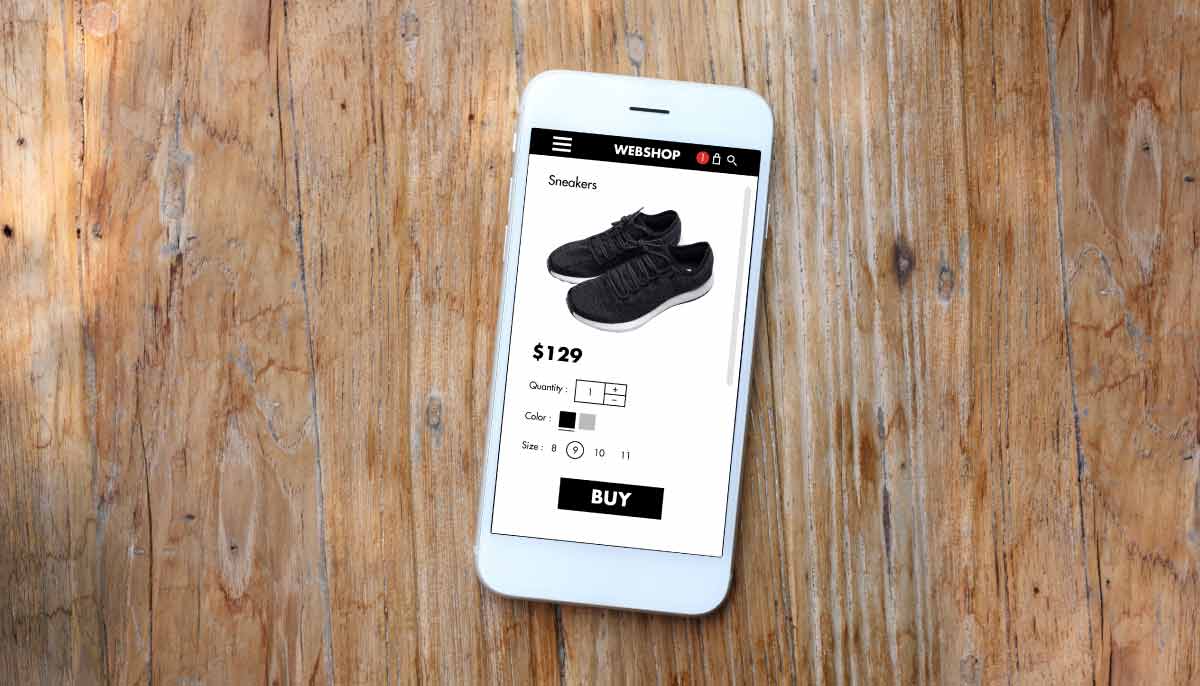11 Things to Know About Gender and eCommerce
Gender and online shopping have a unique relationship – a few years ago we discussed the differences between gender and eCommerce and found some pretty interesting conclusions. Back then women in general shopped online more often, QR codes were a hot trend, and the concept of tablet commerce was just starting to emerge.
So how has the role of gender changed with online shopping as we are half way through 2015? Here are 11 things to know…
Data legend: Men — Women
Omni-channel
1) More men have engaged in “buy online, pick up in store” (45% of internet users compared to 36% of women) but 42% of women are interested in using this type of service in the next twelve months.
2) While men are more likely to “buy online, pick up in store” electronics (87%) than women (75%), it’s actually women who are much more likely (64%) to engage in this method of shopping when it comes to apparel products (47%).
Mobile phone usage
3) According to a recent Marist poll, men (34% of U.S. mobile phone users) are more likely to use Android phones than women (27%). Both genders use iPhones equally (35%) while 28% of women are not using any smartphone at all (only 23% of men).
4) When asked what U.S. smartphone owners used their devices for the most on a daily basis, 26% of women stated they text the most often each day (only 15% of men). Men (9%) are more than twice as likely to use their smartphone for listening to music (4% of women).
Smartphone Applications
5) Women are more engaged than men when using shopping applications for “deal” sites. In a recent study by King Retail Solutions, 14% of U.S. female smartphone owners stated they used the Groupon app (only 9% of men), 9% use the RetailMeNot app (only 1% of men) and 4% use the LivingSocial app (also only 1% of men).
6) Female U.S. internet users in general are more active with shopping applications than men. Only 34% of men use two or more shopping applications while 46% of women use this many applications.
Social Media
7) Emerging social media technology seems to be catching on faster with female smartphone users. For example, 20% more female U.S. female teens use Snapchat compared to males.
8) Facebook is becoming a major video hub for women with 83% of U.S. female internet users stating they discover digital videos on the social network. This total is 30% higher than a traditional website (54%).
9) Pinterest has assisted 56% of active female Pinterest users “at least once or twice” with a purchase of hair care or beauty products. This percentage is 20% higher than male Pinterest users.
Email Marketing
10) According to a recent study by Listrak, U.S. women email users are more likely to engage with email content when it is labeled as “on sale” than men (84% to 78%) while men are more drawn to email content around new products (45% to 33%) and top sellers (36% to 26%).
11) Men prefer emails with recommended products based on previous purchases more than women (83% to 73%) while women (72% to 71%) prefer email correspondence featuring recommended products based on what they have looked at online but not purchased. Men also prefer personalized email correspondence in the subject line or body of the email (71% to 66%) more than women do.
In conclusion, there still remain several distinctive ways in which gender can be used to customize the online shopping experience and increase sales. As we look forward to new technologies and emerging trends, it will be interesting to see the role gender plays in the evolution of online shopping.



